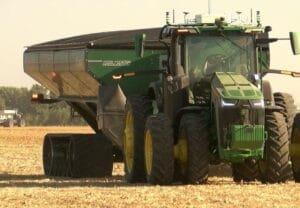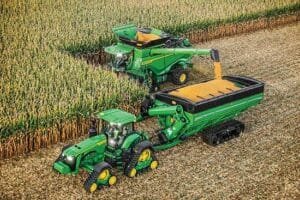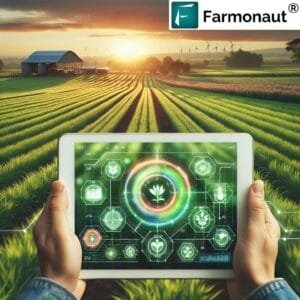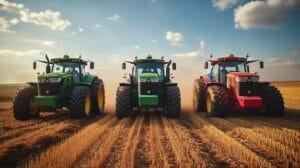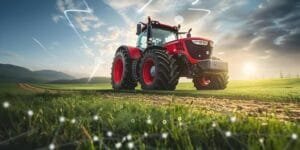In recent years, the agricultural landscape has undergone a meaningful transformation with the emergence of AI-powered electric tractors. These complex machines represent a convergence of enduring energy and artificial intelligence, marking a departure from traditional diesel-powered farming equipment. As global agriculture faces mounting pressure to reduce its environmental impact while increasing productivity,these smart electric vehicles are positioning themselves as a viable solution for modern farming operations. The integration of autonomous capabilities and zero-emission technology is not just changing how farmers work their fields—it’s reshaping the entire concept of agricultural mechanization. Agriculture is witnessing a remarkable transformation as artificial intelligence integrates with traditional farming equipment. Smart tractors equipped with AI capabilities are reshaping the agricultural landscape, offering unprecedented precision and efficiency in field operations. These autonomous machines utilize advanced sensors, GPS technology, and machine learning algorithms to navigate fields, plant crops, and harvest produce with minimal human intervention.
The implementation of AI-powered tractors brings numerous advantages to modern farming practices.These vehicles can operate 24/7, significantly reducing labor costs and addressing workforce shortages in agricultural regions. Their sophisticated computer vision systems enable them to distinguish between crops and weeds, applying pesticides and fertilizers with pinpoint accuracy, thereby minimizing chemical usage and environmental impact.
These innovative machines collect and analyze vast amounts of data about soil conditions, crop health, and weather patterns.Through continuous learning, they optimize their performance and provide farmers with actionable insights for better decision-making.The integration of real-time monitoring systems allows farmers to supervise multiple autonomous tractors together from a central control station or mobile device.
Safety features are paramount in AI tractor design. Advanced obstacle detection systems prevent collisions with workers, animals, or equipment in the field. The machines can automatically adjust their routes and operations based on changing conditions,ensuring optimal performance while maintaining safety standards.
The economic implications of this technology are significant. Despite higher initial investment costs, AI tractors can lead to considerable long-term savings through reduced labor expenses, improved resource management, and increased crop yields. They also contribute to sustainable farming practices by minimizing soil compaction and optimizing resource utilization.
Connectivity plays a crucial role in the operation of these smart machines. They communicate with other farming equipment and infrastructure through IoT networks, creating an integrated ecosystem of agricultural technology. This interconnectedness enables coordinated field operations and enhanced productivity across entire farming operations.
The progress of AI tractors also addresses the growing need for precision agriculture. These machines can create detailed field maps and implement variable-rate applications for seeds, fertilizers, and pesticides. This level of precision helps farmers maximize yields while minimizing waste and environmental impact.
As battery technology advances, many manufacturers are incorporating electric powertrains into their AI tractors. This shift towards electrification reduces carbon emissions and operating costs while providing quieter operation and improved torque characteristics. The combination of AI and electric power represents a significant step toward sustainable, efficient farming practices.
The ongoing evolution of AI tractors continues to introduce new capabilities and improvements. From enhanced autonomous features to more sophisticated data analytics, these machines are at the forefront of agricultural innovation, helping farmers meet the challenges of feeding a growing global population while maintaining environmental sustainability.



